A Guide To Using Instagram Reels In Your Marketing
To make a case for why you should consider using Reels in your marketing, it's important to begin with the fact that Facebook tried to acquire...
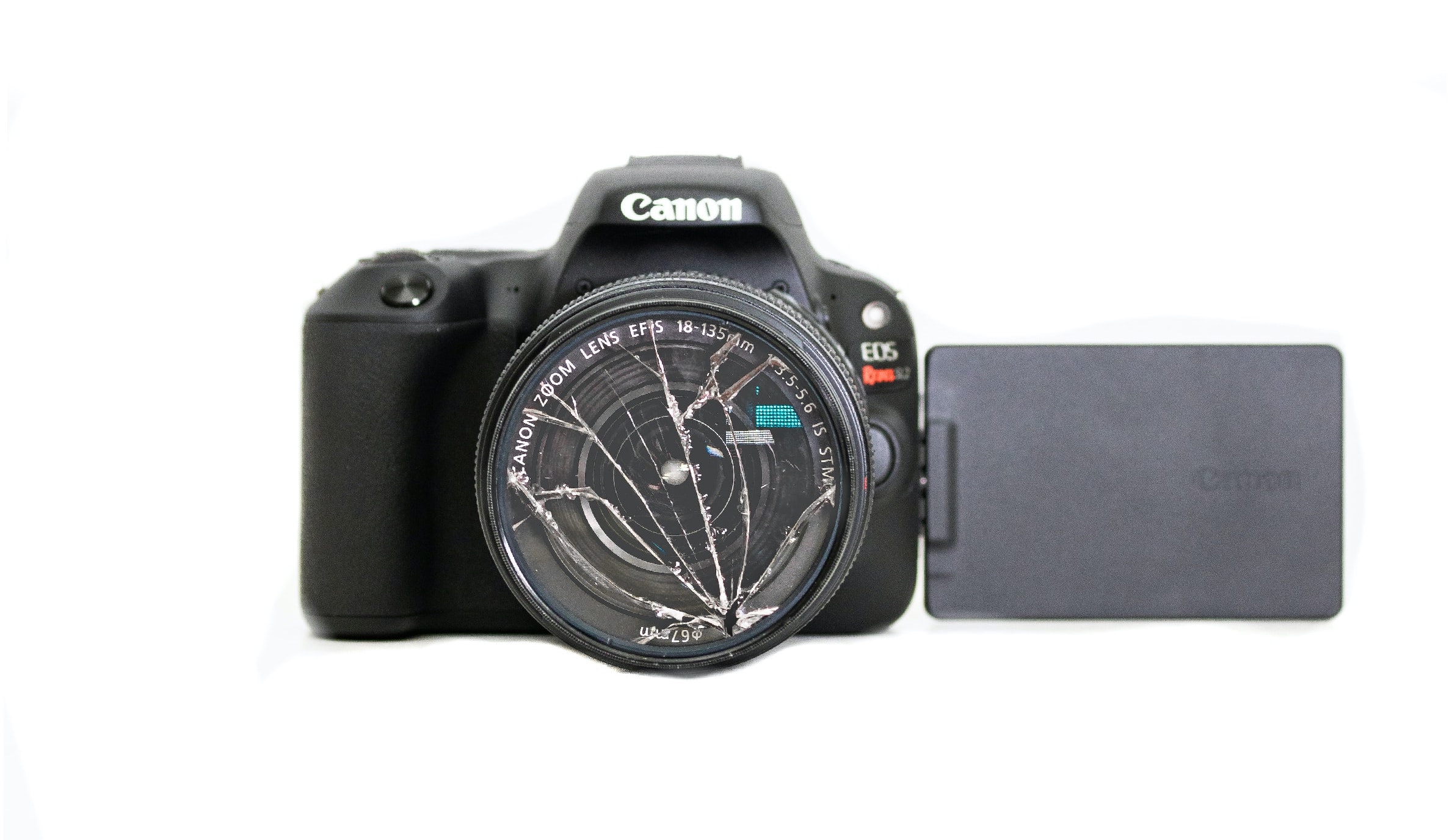
In a video posted to his personal account, Adam Mosseri, the head of Instagram, outlined their four priorities for the second half of this fiscal year.
These priorities include: helping creators get more out of the app–both in terms of features and making more money–and enhancements to Instagram’s shopping and messaging capabilities.
However, most of the focus was on the increased importance of video to Instagram. Mosseri went as far as to state that Instagram is “no longer a photo-sharing or square photo-sharing app.”
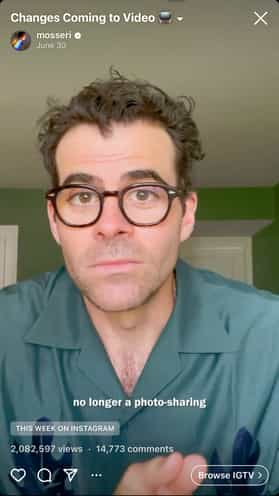
And while it may be a little jarring to hear him state this as fact, Instagram’s shift towards video can be traced back to the introduction of Boomerangs, followed by the increasing amount of real estate they’ve dedicated on the app to Reels and IGTV over the past few years.
Mosseri calls out two main drivers for this shift: research showing most people use Instagram for entertainment and direct the competition posed by pure video apps like TikTok and YouTube.
The fact that TikTok and YouTube were mentioned by name may be a nod to the type of features and video content we can anticipate Instagram will roll out to encourage more video content from its users.
And when I say encourage, I mean that their algorithm will most assuredly prioritize video content and reward you for posting it with more views and likes. Rule of thumb: whenever a social channel introduces a new feature, it pays to be an early adopter as they roll it out.
TikTok’s popularity, especially among younger audiences, has forced every social channel to adapt or risk getting left behind. Instagram’s addition of Reels in August of 2020 was a transparent response to the threat that TikTok posed.
However, Reels hasn’t been enough. Over the past year, TikTok has grown 325% and now outpaces both Facebook and Instagram in average time spent per user per month.
In fact, TikTok’s short-form videos are so entertaining and addictive that they actually interject videos encouraging users to take a break. This one, in particular, has been viewed over 1.1 billion times:
@tiktoktips Guess what time it is? Time to get some sleep!
♬ original sound - TikTok Tips
To compete against TikTok, it’s unlikely that Instagram will stray from Reels. Instead, it’s more likely that Reels will take an even more prominent position within the app.
Expect your main Instagram feed to act like TikTok’s For You Page. Meaning that it will be less focused on who you’re following and contain more videos that Instagram believes you will enjoy based on your engagement.
But, a For You Page alone won’t draw creators away from TikTok. New creative features and incentives will be introduced to creators who make Instagram their main channel instead of exporting their TikTok videos to repost as a Reel, as many creators are doing.
To me, the most powerful feature on TikTok, outside of the effects, is trending hashtags. TikTok’s use of trending hashtags not only provides users with multiple content rabbit holes to get lost in, but they provide a constant spark of inspiration for video ideas.
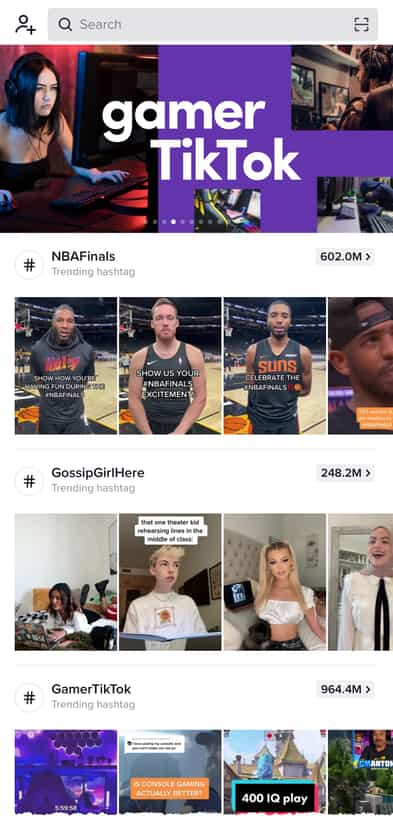
Whereas copying a video’s format or premise on other apps might be frowned upon, on TikTok, it’s encouraged and makes the app more enjoyable. I can’t envision Reels competing without putting or something like this in place as well.
Trending songs are more powerful on TikTok for the same reasons as trending hashtags; however, Reels has copied this slightly better.
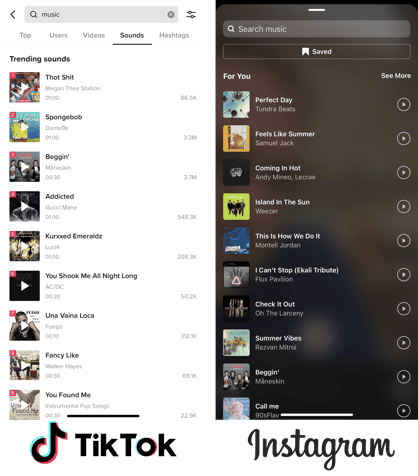
Competing with YouTube isn’t new to Instagram. IGTV was introduced in 2018 to help Instagram compete with the Goliath of video platforms, and, well, it hasn’t really.
IGTV has been so disappointing that Instagram even removed the dedicated IGTV button from their main menu (you can still find the videos by visiting profiles directly).
 YouTube remains the standard for long-form video content creators, with the average upload being 12 minutes long (although they too are now competing with TikTok through their Shorts feature).
YouTube remains the standard for long-form video content creators, with the average upload being 12 minutes long (although they too are now competing with TikTok through their Shorts feature).
YouTube is such a different experience than TikTok and Instagram that it’s hard to compare them, let alone imagine how Instagram will try to compete with both simultaneously.
While TikTok excels at trending, entertaining short videos, some of YouTube’s most popular content types would be hard to imagine coming from Instagram:
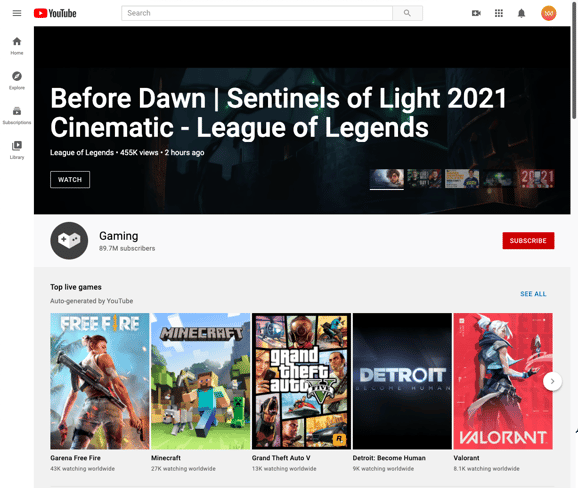
What makes YouTube great for users is that the content is easily viewable on a range of devices (phone, desktop, TV) and easily discoverable within the platform or via search results, which Instagram is not.
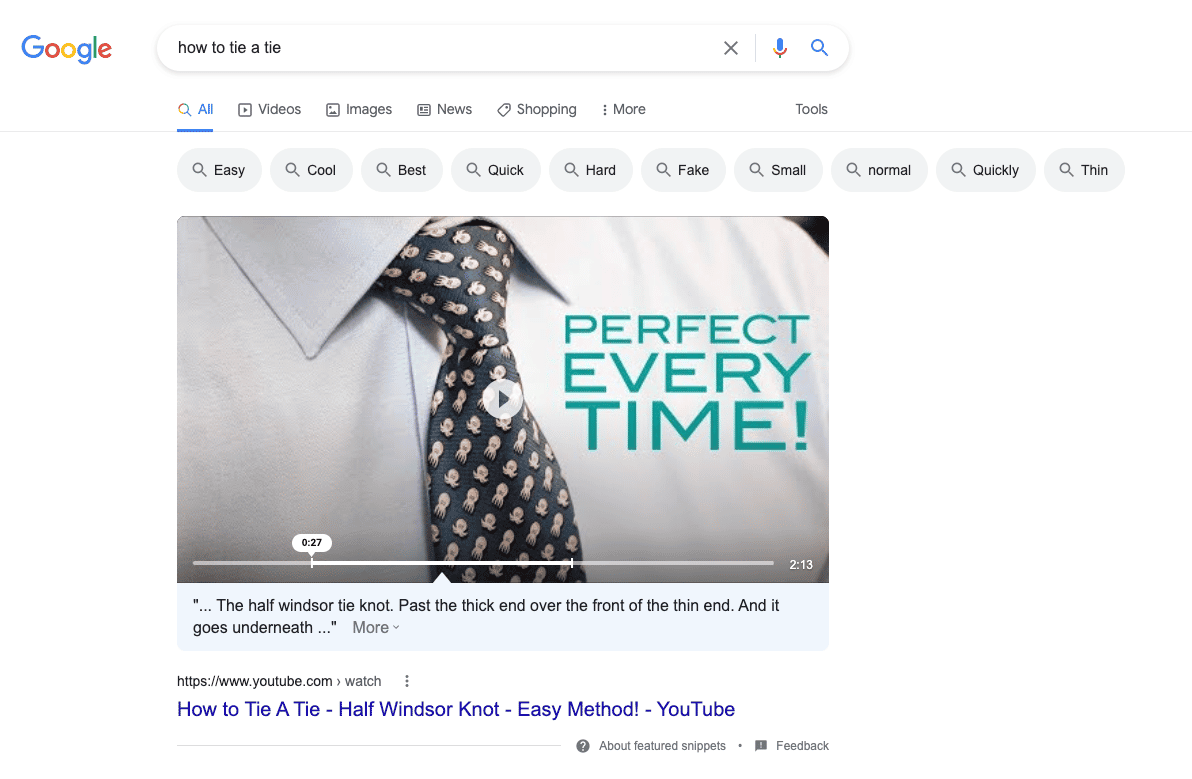
For content creators, YouTube is easily monetized through subscriptions and ad revenue. If Instagram plans to enhance IGTV, it will most likely do so through a mix of creator incentives like enhanced monetization through subscriptions and exclusive or premium content, as well as the ability to attract and sustain new viewers and followers.
Adopting a competitor’s feature is not new to Facebook, which purchased Instagram to remove it as competition. The same can be said for Boomerang, Stories, and so on.
In fact, they’re pretty shameless when it comes to that sort of thing.
Only time will tell if Facebook/Instagram will have the same success against TikTok and YouTube, but consider Mosseri’s short video a wake-up call for your marketing. If you’re not currently planning how to produce more video content in your marketing now, you’re going to soon be left behind.
Sign up for our monthly newsletter to receive updates.
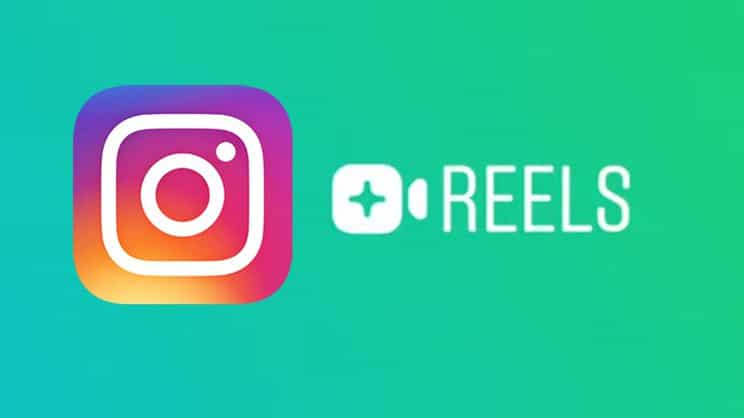
To make a case for why you should consider using Reels in your marketing, it's important to begin with the fact that Facebook tried to acquire...
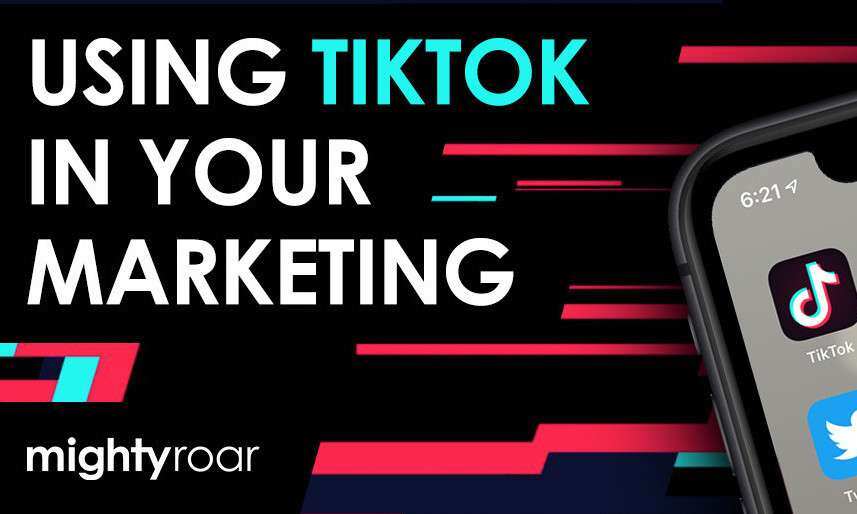
In this post, we’ll break down what TikTok is, who’s using it, and what you, as a marketer, need to know.

Instagram Hashtags may not seem strategic, but they are among the most critical aspects of your Instagram posts when trying to expand your organic...